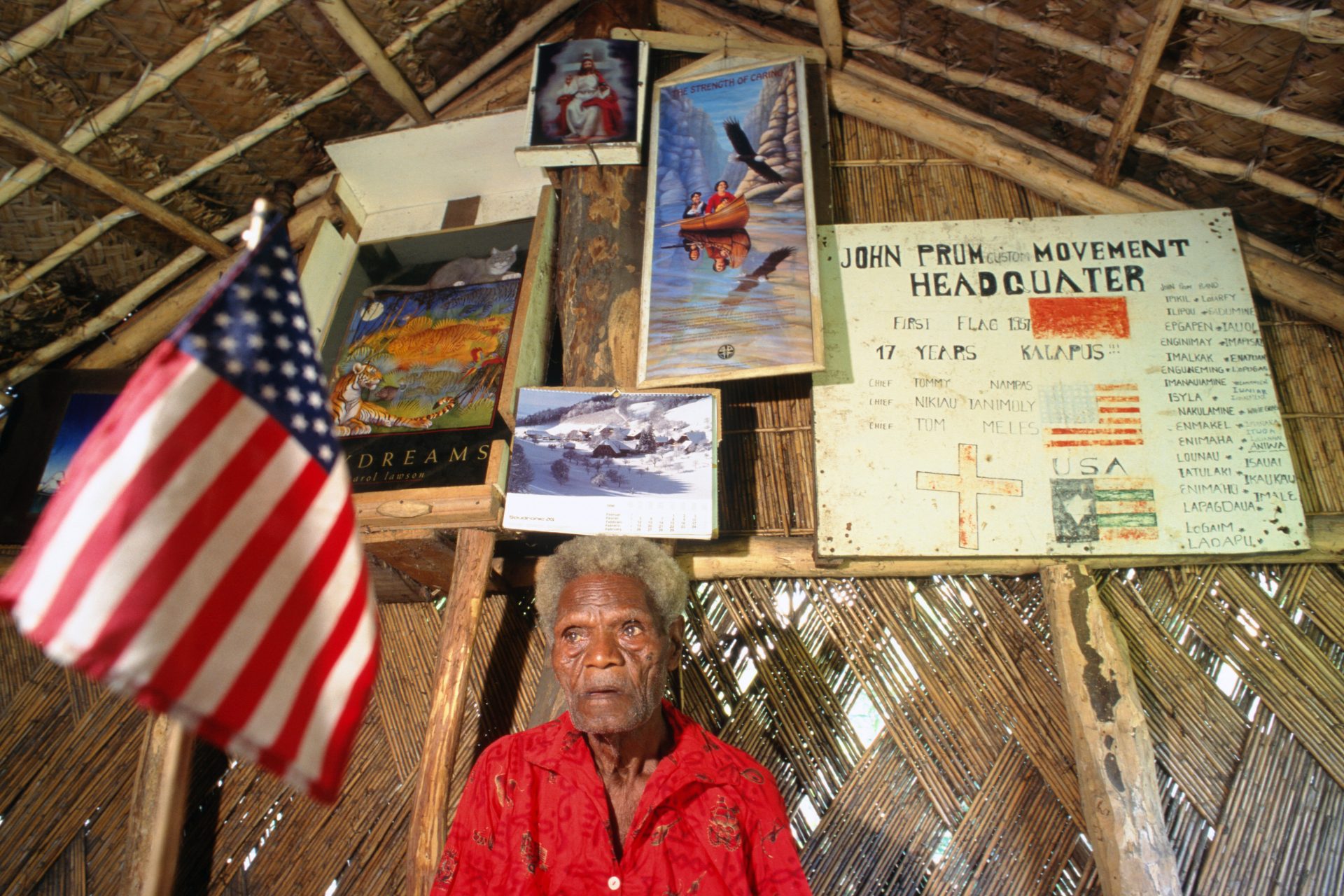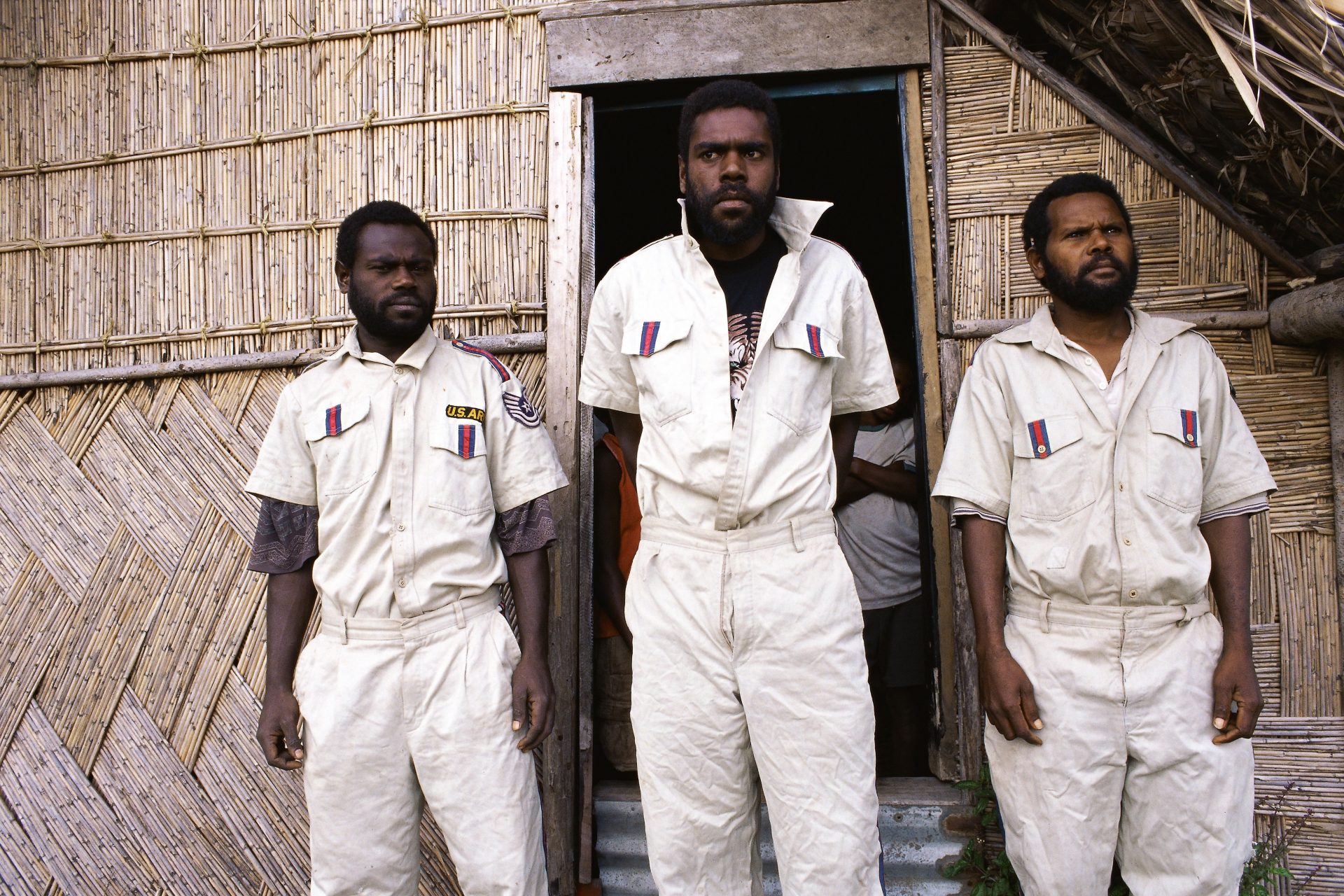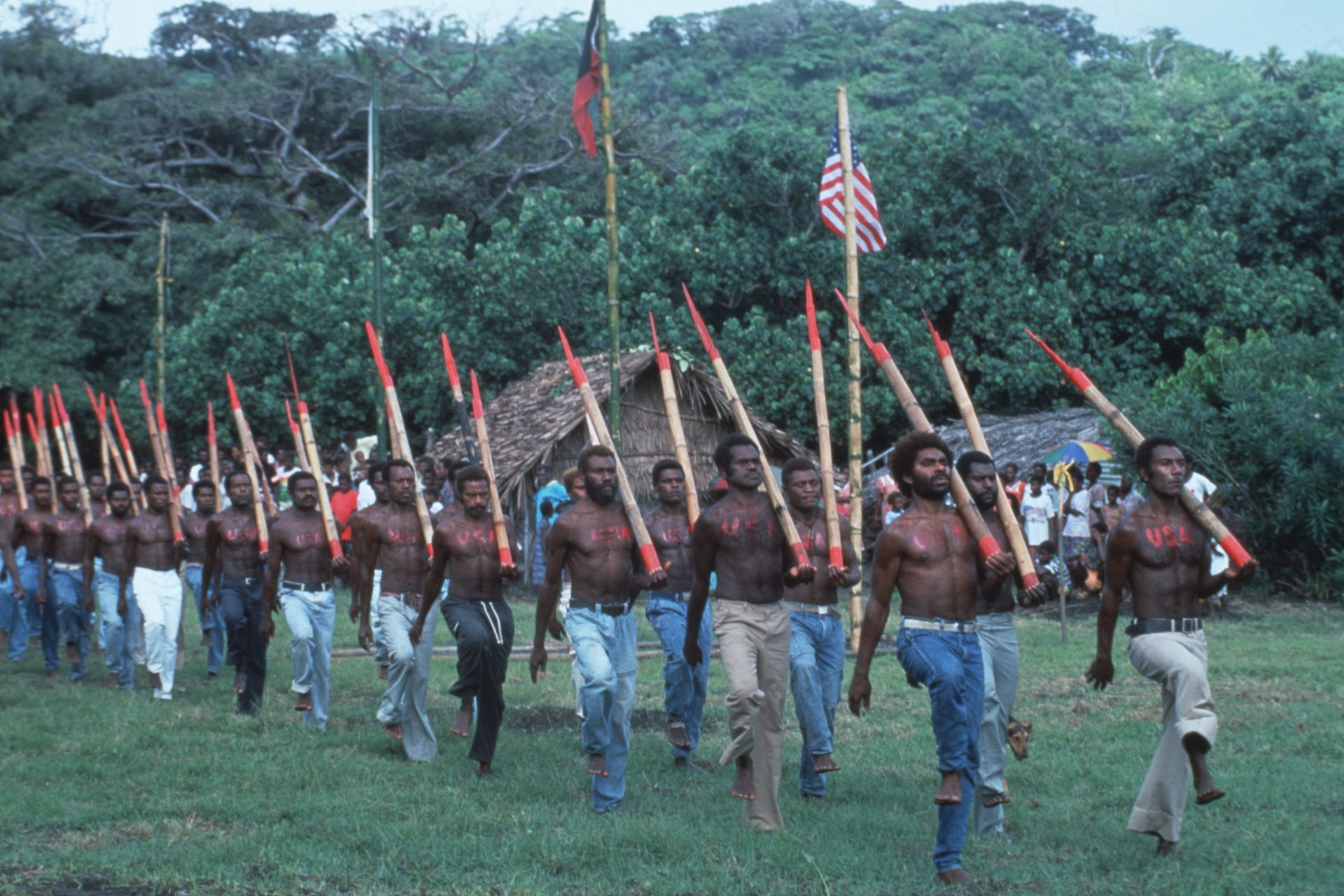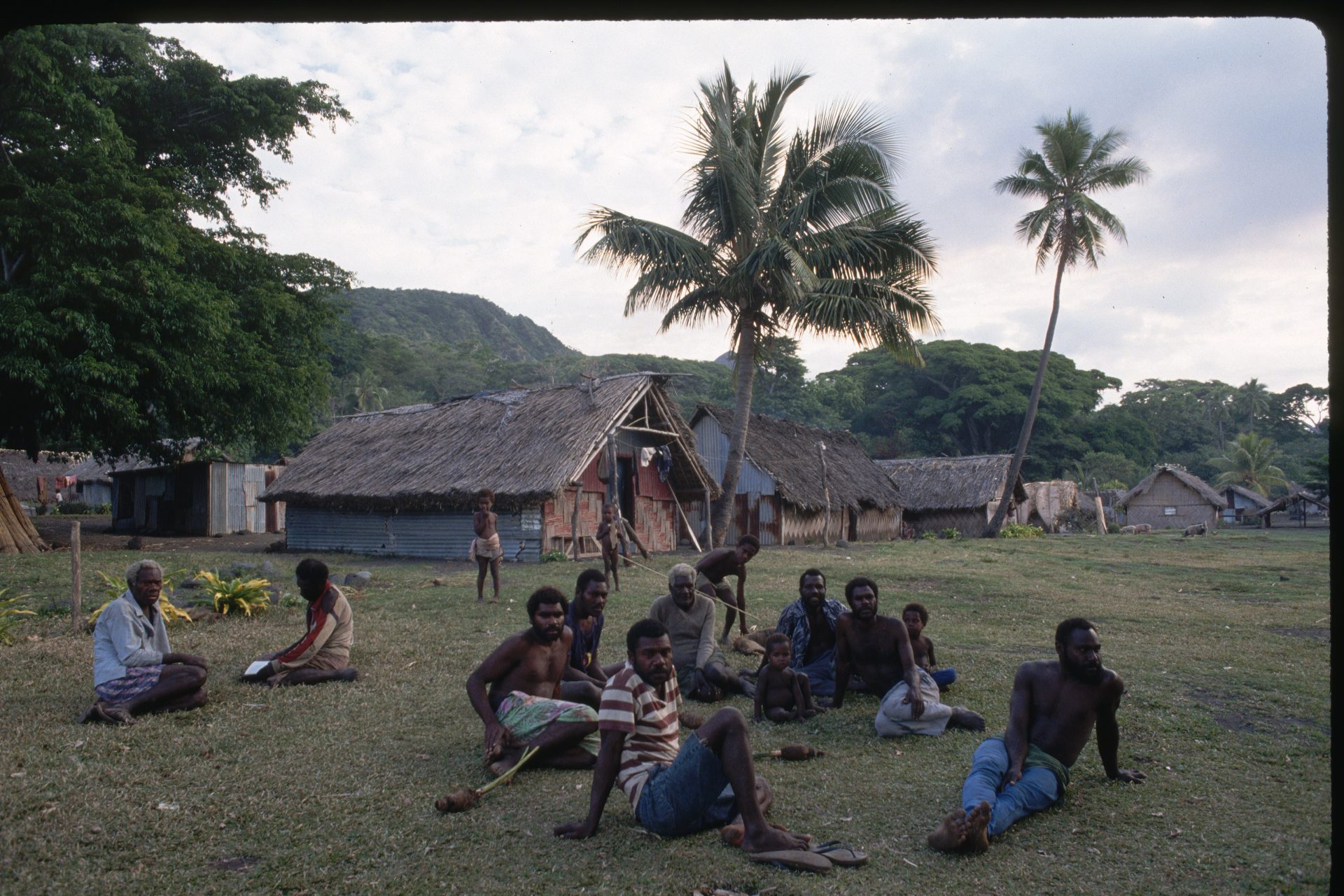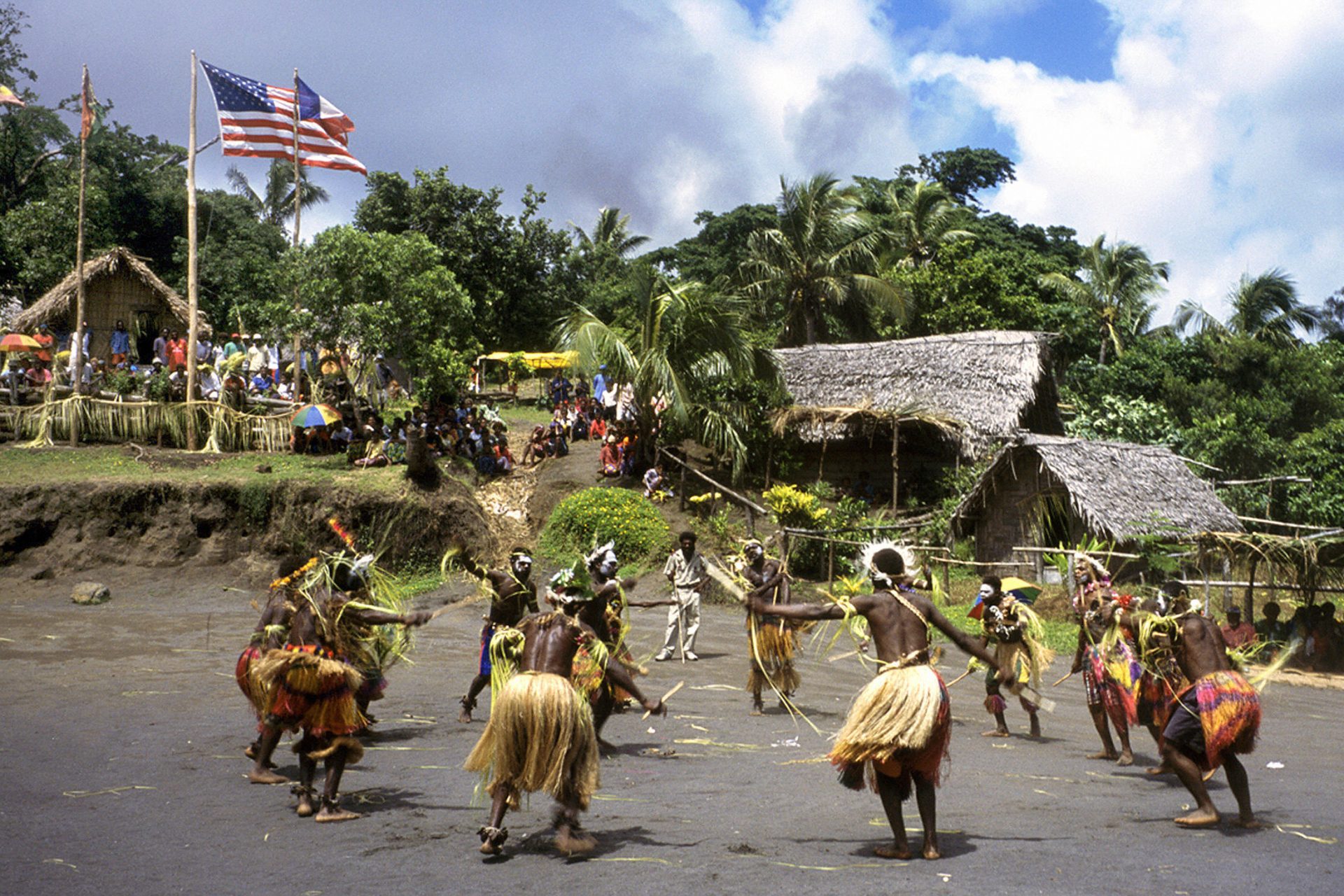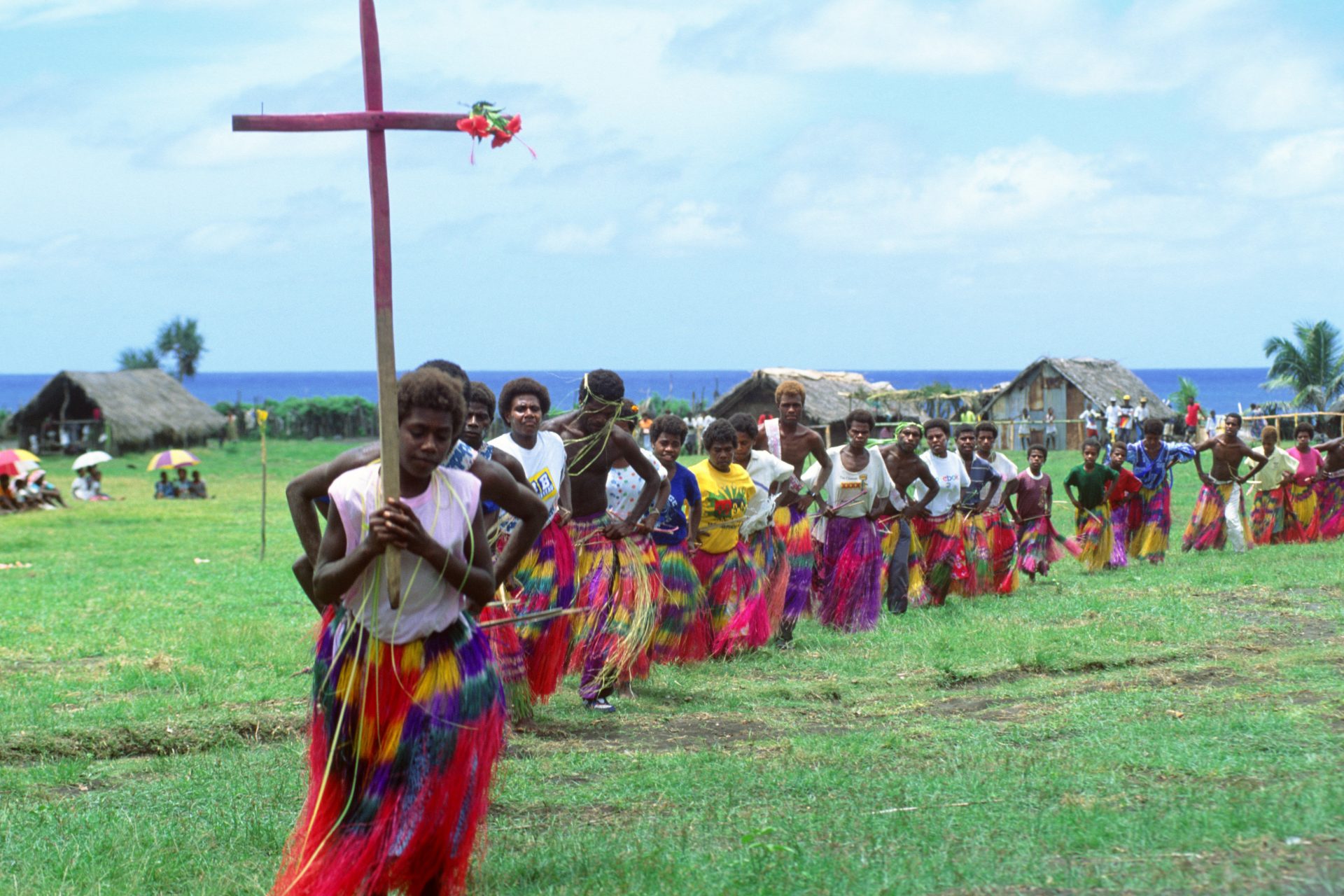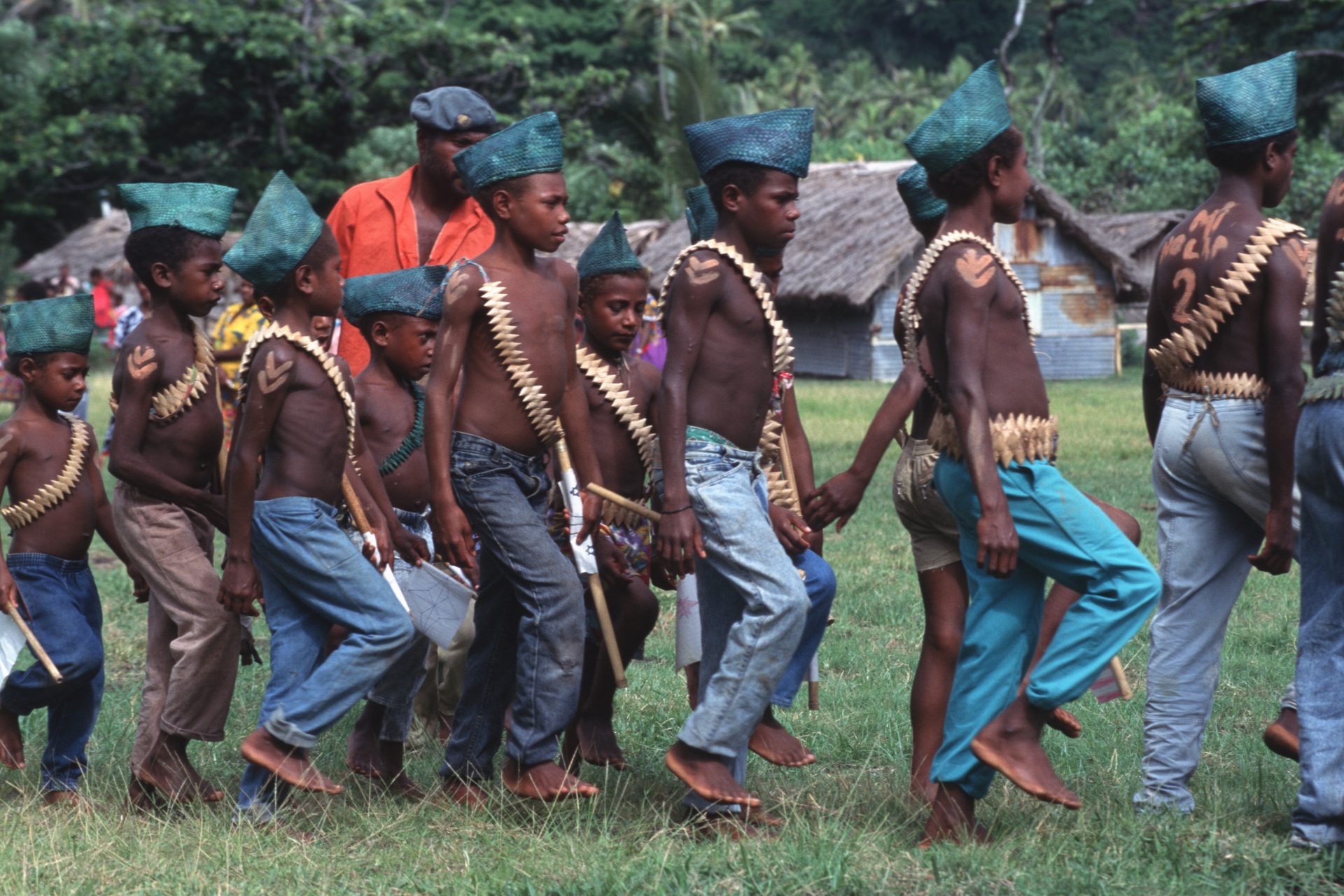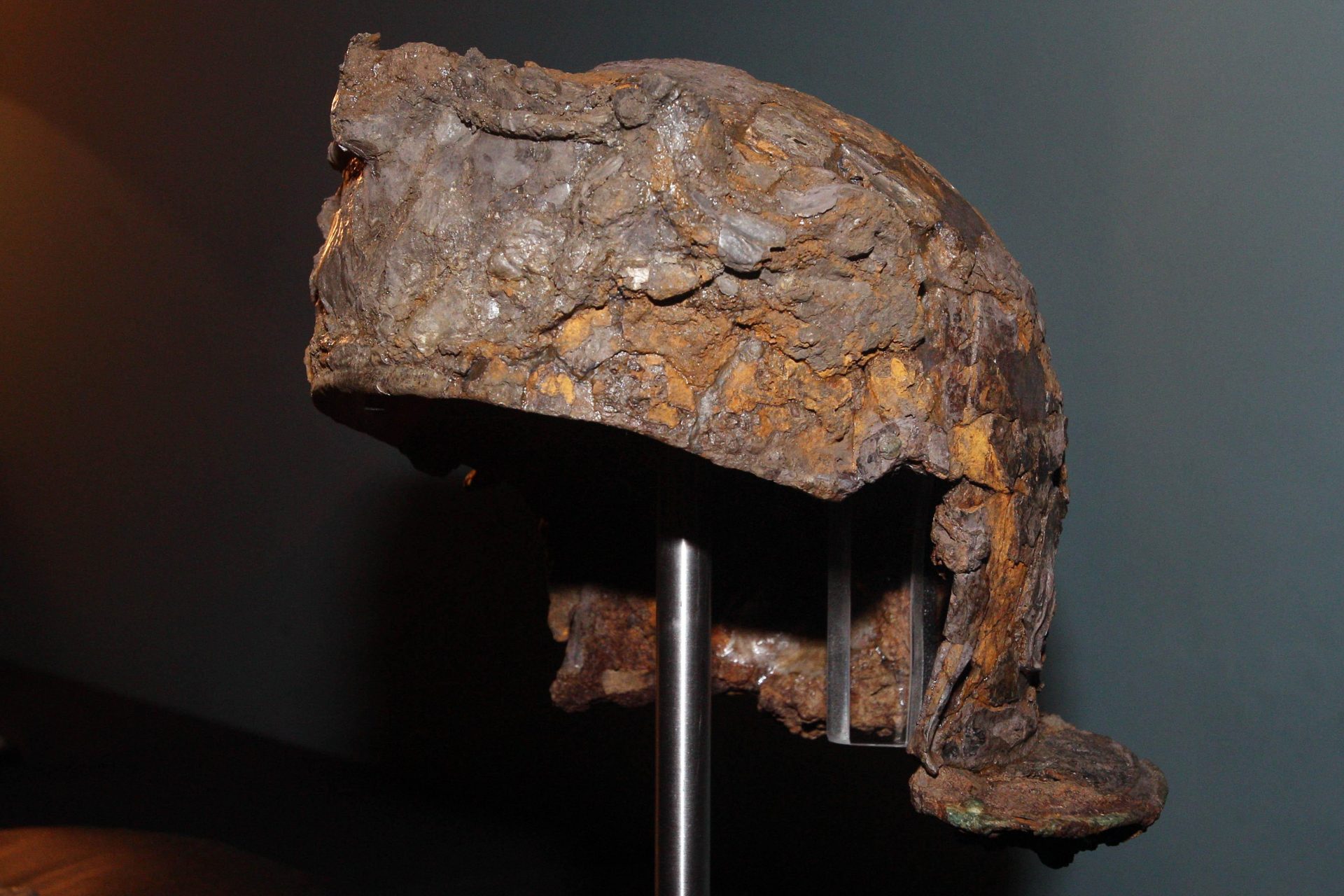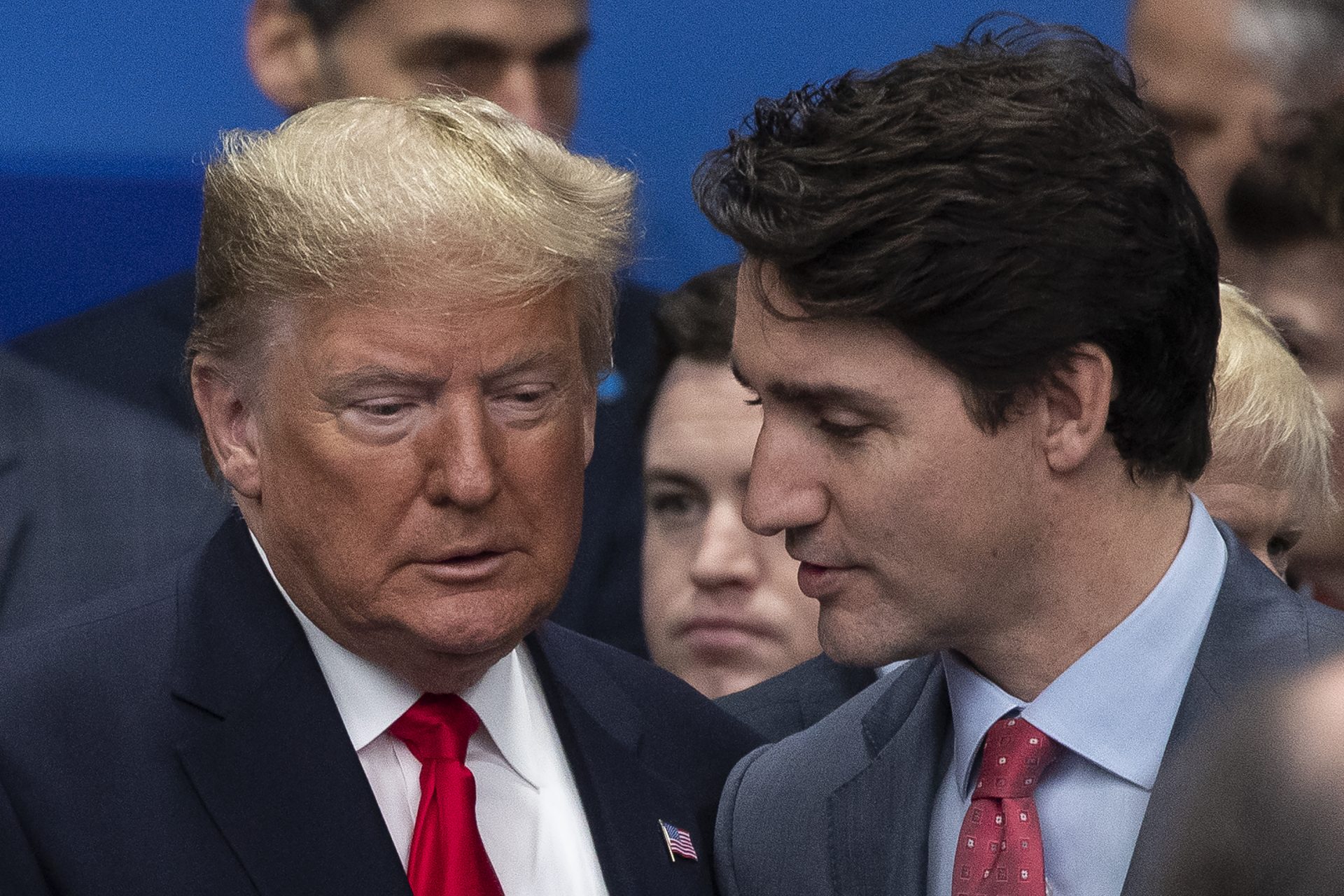The John Frum Movement: a South Pacific religion that worships a mythical US army man
Every February 15, a group of natives from the South Pacific island of Tanna, in Vanuatu, parade around, worshipping a mythical, mysterious figure only known as John Frum.
The John Frum Movement isn’t like any other religion you have ever heard of—the faithful dress up in garments imitating 1940s-era US Army service members uniform.
Instead of churches or temples, they worship in makeshift military bases and landing strips.
Their messiah is not a carpenter from Judea or an Indian prince, but an American G.I. known as John Frum, whose followers await for his promised return.
“John promised he’ll bring planeloads and shiploads of cargo to us from America if we pray to him,” a village elder told The Smithsonian Magazine. “Radios, TVs, trucks, boats, watches, iceboxes, medicine, Coca-Cola and many other wonderful things.”
Nobody is exactly sure how the John Frum Movement came to be. Experts report that villagers in the 1930s already talked about a promised white man in a coat who would bring food and clothes.
However, things changed during World War 2. The US military established bases in the South Pacific island, bringing hundreds of US servicemen to Tanna.
The natives saw how the American men in uniform would follow rigorous drills and get boxes full of food and other goods from the sky.
The John Frum Movement is what anthropologists say is known as a Cargo Cult. Encyclopedia Britannica describes a Cargo Cult as a group of relatively modern belief systems based on the idea of the arrival of a divinity, hero, or ancestors bringing goods and heralding the arrival of a new era.
These beliefs generally started out by natives observing and misunderstanding the delivery system used by colonial officers. However, anthropologists also point out that hints of a desire for progress and modernity while cutting out the white middle-man.
Cargo Cults are usually found in the South Pacific, where believers have built ceremonial wharves or landing strips, waiting for the arrival of their messiah.
For instance, the same island of Tanna also houses the rival Prince Phillip Movement. Members worship the late Duke of Edinburgh as an ancestor who left the village a long ago to marry a great woman.
A 1970 New York Times article comments that John Frum is described as a fair-haired, short man who urged the tribal chiefs to expel the Presbyterian missionaries who had banned tribal dancing and other ancient customs.
One of the tribal chiefs commented to The New York Times that if people had waited nearly 2,000 years for Christ, they could wait a little bit for John to return.
However, like with many current-day religions, the number of believers in the John Frum Movement are dwindling. Some estimate that only some 500 worshipers currently remain, with most of the population of Tanna slowly converting to Christianity.
For this reason, some have labeled the John Frum Movement as the last Cargo Cult to exist. What will happen when the John Frum Movement disappears?
More for you
Top Stories



